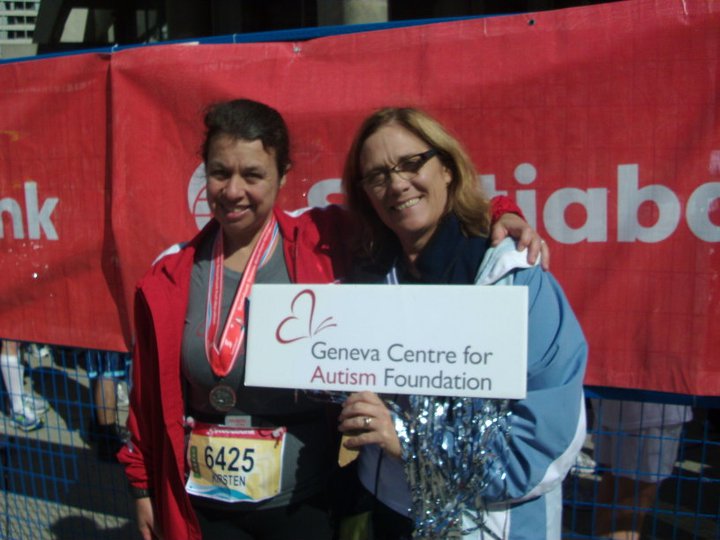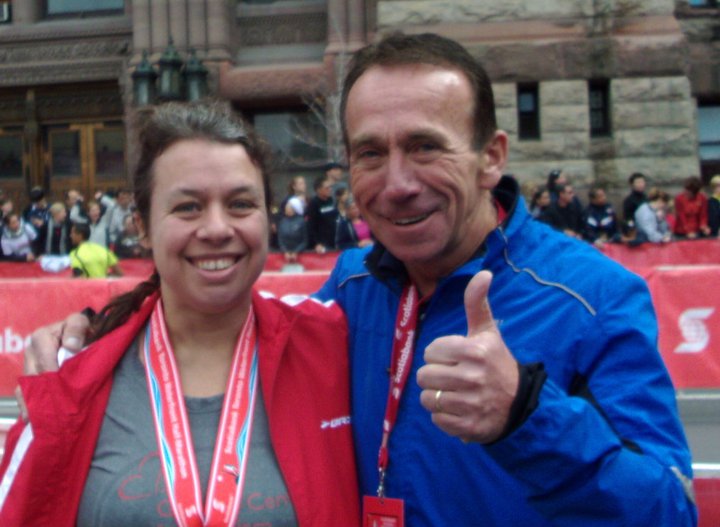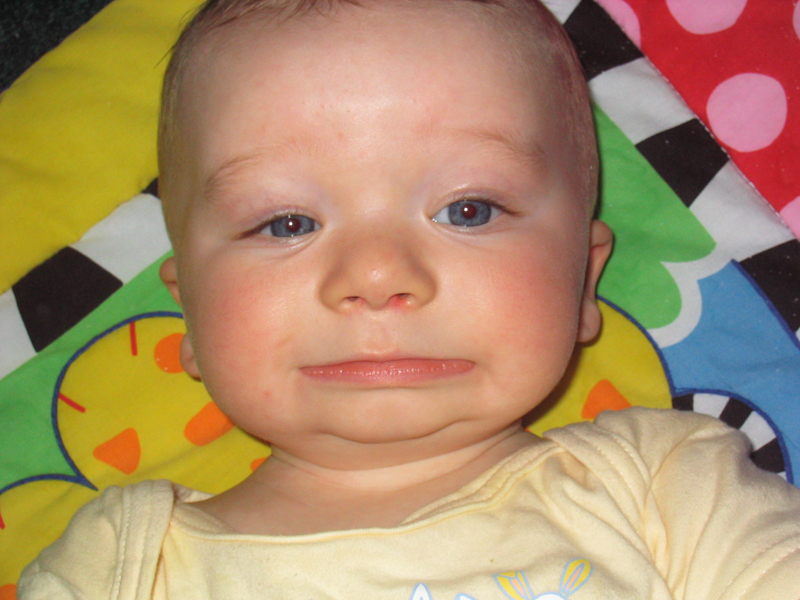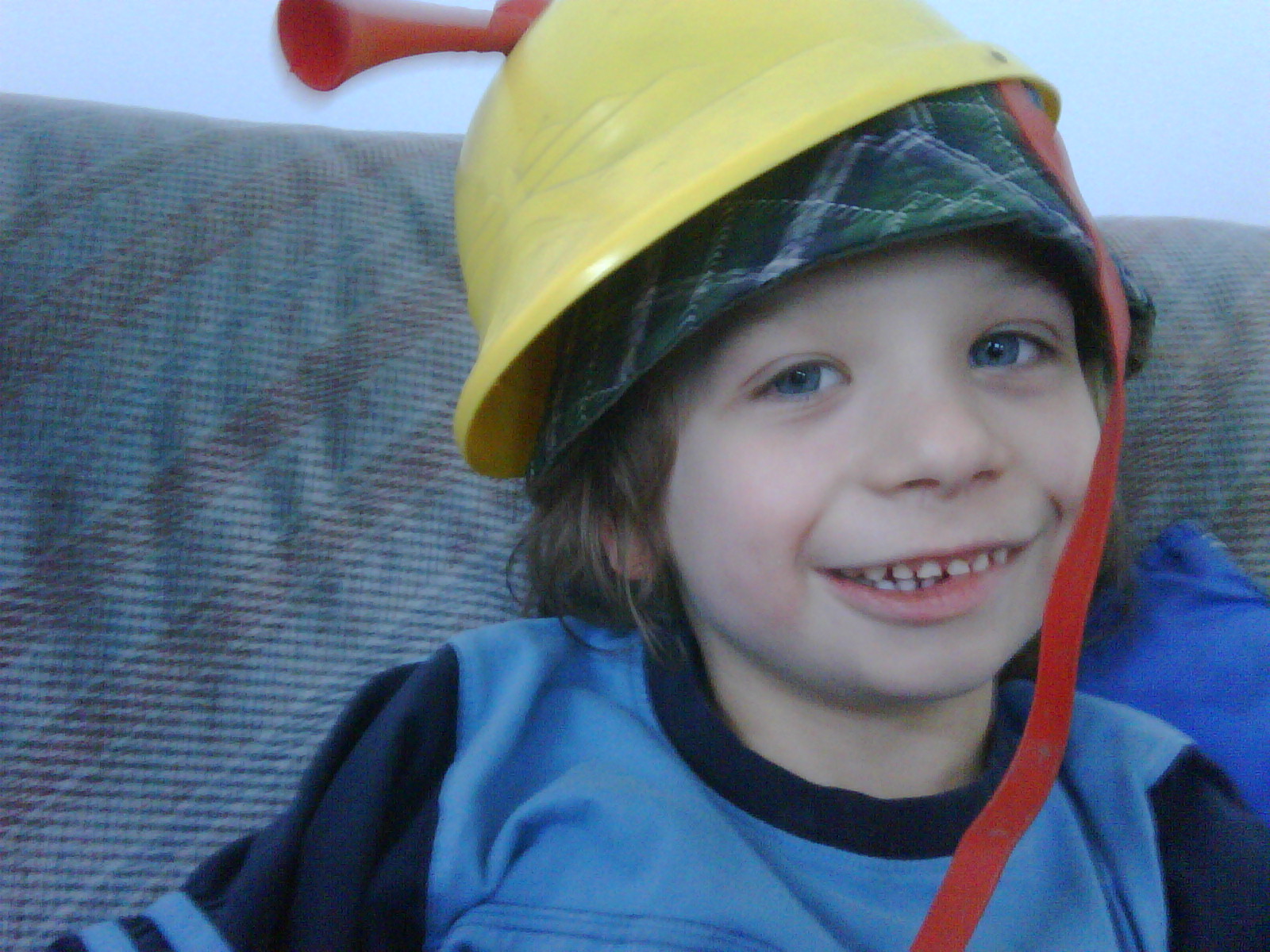I suffer from the age-old, clichéd, and frankly boring problem of being a woman with not enough hours in the day. I find myself going to bed ridiculously late and not getting enough sleep, and from time to time I wonder why this is. Am I really that busy or do my time management skills just suck? In analyzing this question, I decided to draw up a rough schedule of what happens in a typical day.
6:00 – 7:15 Wake up, get myself dressed and ready, get James dressed and ready.
7:15 – 7:30 Take James to daycare
7:30 – 8:45 Commute to work
8:45 – 4:45 Earn my keep
4:45 – 6:15 Commute home
6:15 – 7:30 Cook dinner, eat dinner, get kids to eat their dinner
7:30 – 8:00 Supervise George’s homework, read library books with both boys
8:00 – 9:00 Get kids bathed and into bed. Throw load of laundry into washing machine. Make sure car is locked. Make tea.
9:00 – 9:30 Get clothes ready for myself and kids for the following day. Make George’s lunch. Ensure kids’ backpacks contain homework, library books to be returned, forms to be returned to teachers, etc.
9:30 – 10:00 Clean up kitchen. Unload and load dishwasher. Turn dishwasher on and wash any dishes that don’t fit in dishwasher. Get coffee machine ready for the following morning.
What this means is that in the evenings, it’s around ten before I can even sit down at my computer and read emails. This is why I have given up on all of the Facebook games that end in “ville”. I just never have enough time to check on my farm, or my kitchen, or my pet. FarmVille – crops keep dying. FrontierVille – weeds keep growing. PetVille – pet keeps running away to the pound. You get the picture. So now, my Facebook games are the ones that I can spend five minutes or less on, where I won’t suffer penalties if I neglect them for five days.
Do you notice anything missing in the schedule above? Running. Where am I supposed to find time to run? If my daily timetable is anything to go by, my only options are (a) go running in time to be back by six in the morning, or (b) go running after ten at night. Option (b) isn’t really an option to me, because I would be worried about safety. Something tells me that a woman running alone at that time of night would not be the smartest idea. So I’ve been going with option (a), getting up at 5:00 a.m., being out on the road by 5:15, and trotting back into my driveway by around 6:10 or so.
Except lately, this hasn’t been working out too well. George has been having issues sleeping – a phenomenon very common to children with autism. On any given night, there is roughly a fifty/fifty chance of him – and thereby me – actually getting a full night’s sleep. On the nights he wakes up, he crawls into bed next to me and plays with my hair. No matter how many times I gently move his hands away from my head, they always find their way back there, and he wraps it around his fingers, scrunches it up in his hands, sniffs it, strokes it, on and on and on until he drifts back to sleep. On the good nights, this lasts for half an hour or so. On the bad nights, it will go on for two or three hours.
It doesn’t matter how dedicated a runner you are. If you have a small child keeping you awake from 2:30 until 4:30, it is going to be near-impossible for you get up at 5:00, go running, and then put in a full day of work. It’s not even as if George’s nocturnal adventures are an occasional thing. For the last month or so, it has been happening two or three nights a week.
It is hammering me, and I am increasingly stressed out by my inability to find time to run. Not running is not an option. Running late at night when I feel vulnerable is not an option. Running first thing in the morning when I’ve had no sleep is not an option. So I have to get creative.
To solve the problem, I started by considering each run individually. I run five days a week, with Mondays and Fridays off. The weekend runs are not a problem: even if I have to get up early for those, I have the option of vegetating in front of the TV for the rest of the day (true, I’d have two kids jumping on me, but still). That takes care of four days of the week right there. On Wednesdays I go running with a group after work (kills my Wednesday evening schedule but I can live with that once a week), and I’ve worked out that I could do my Tuesday runs on a treadmill at the gym at lunchtime.
All of a sudden, the problem is a lot more manageable. Now, all I have to worry about are the Thursday runs. I’m still not too sure what I will do about those, but I’ll figure something out, either by just living with the early-mornings-after-no-sleep once a week or by doing some kind of creative reorganization to my schedule.
It just goes to show: when the running bug bites you, somehow you find a way to fit it all in.













